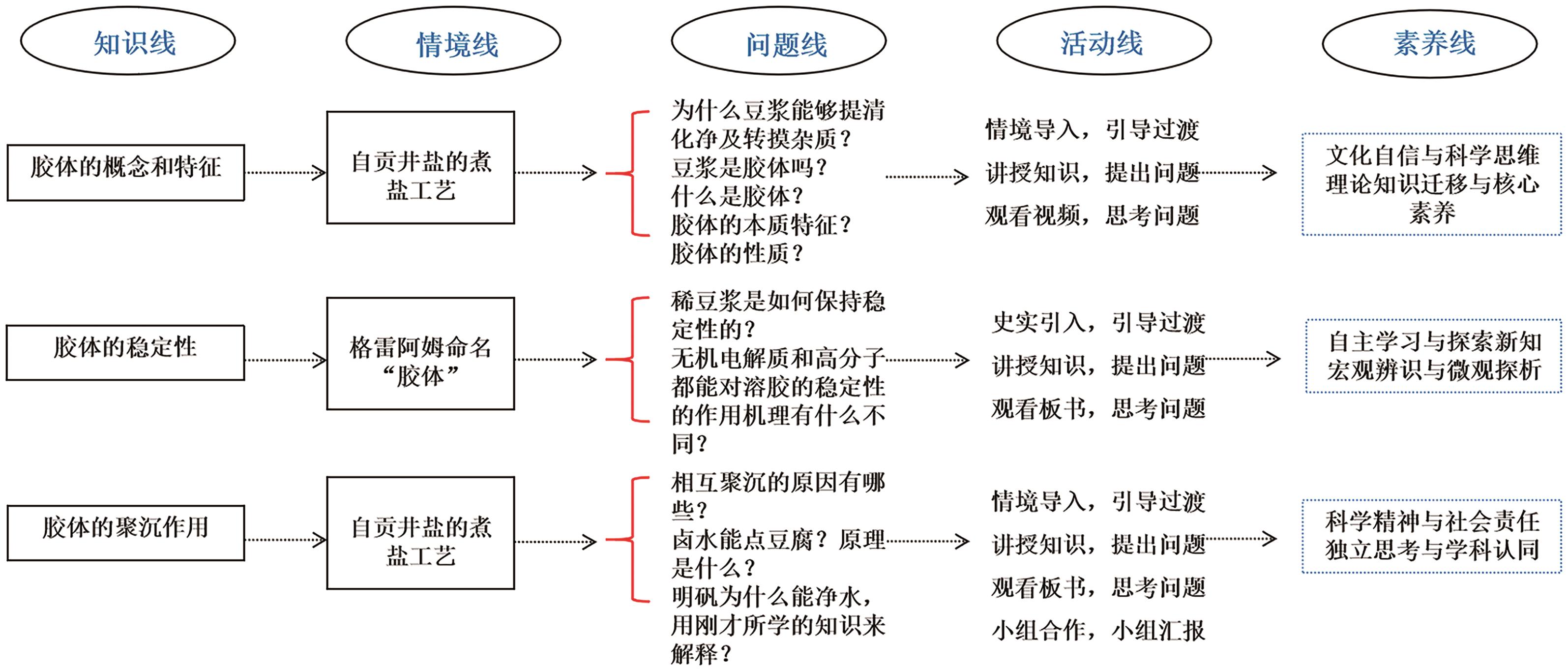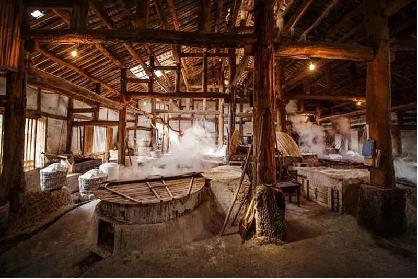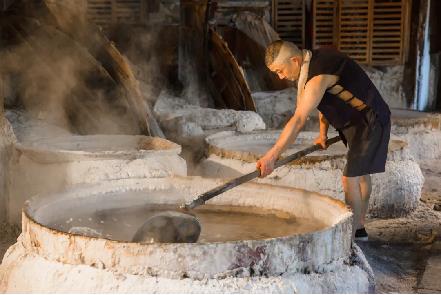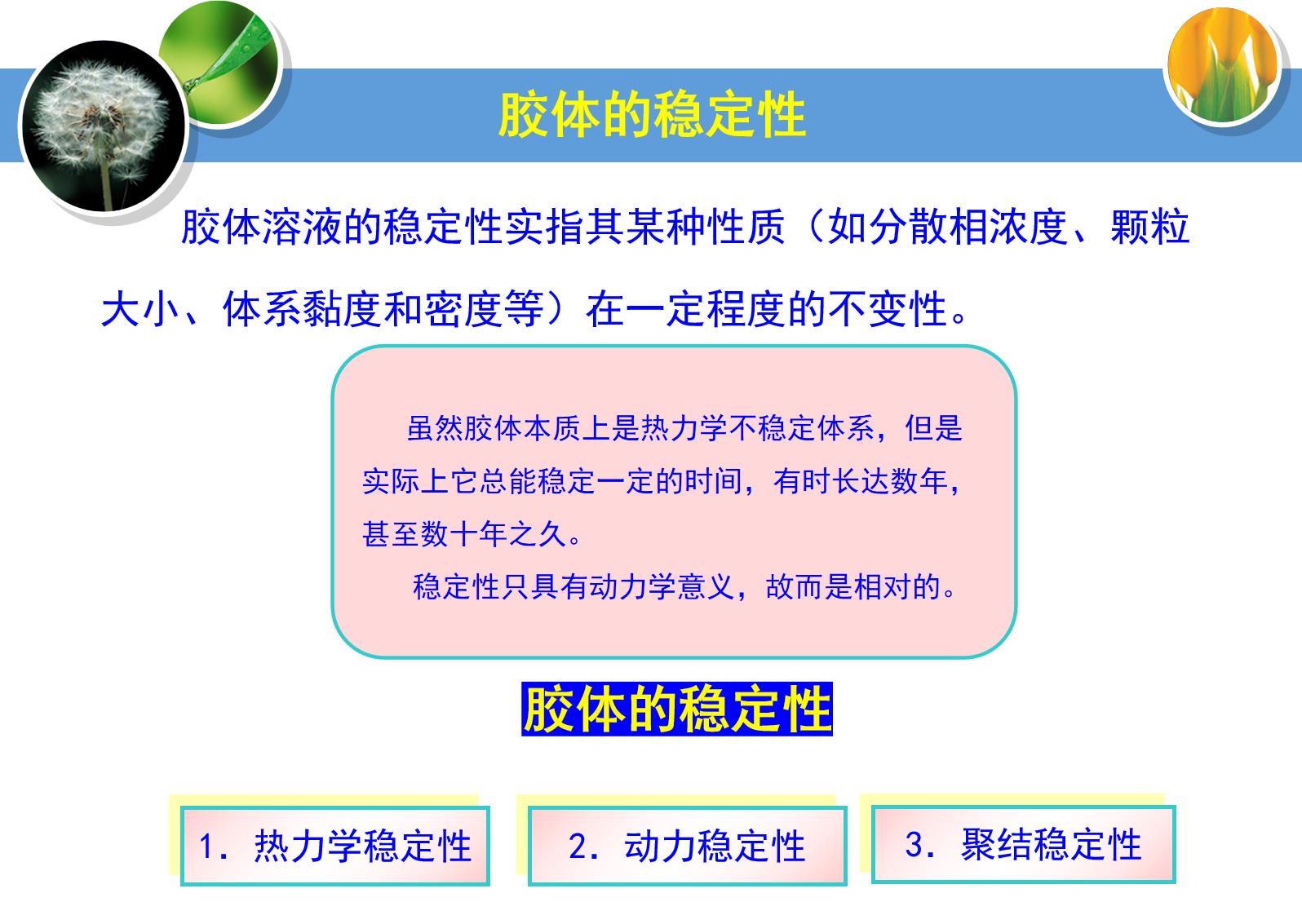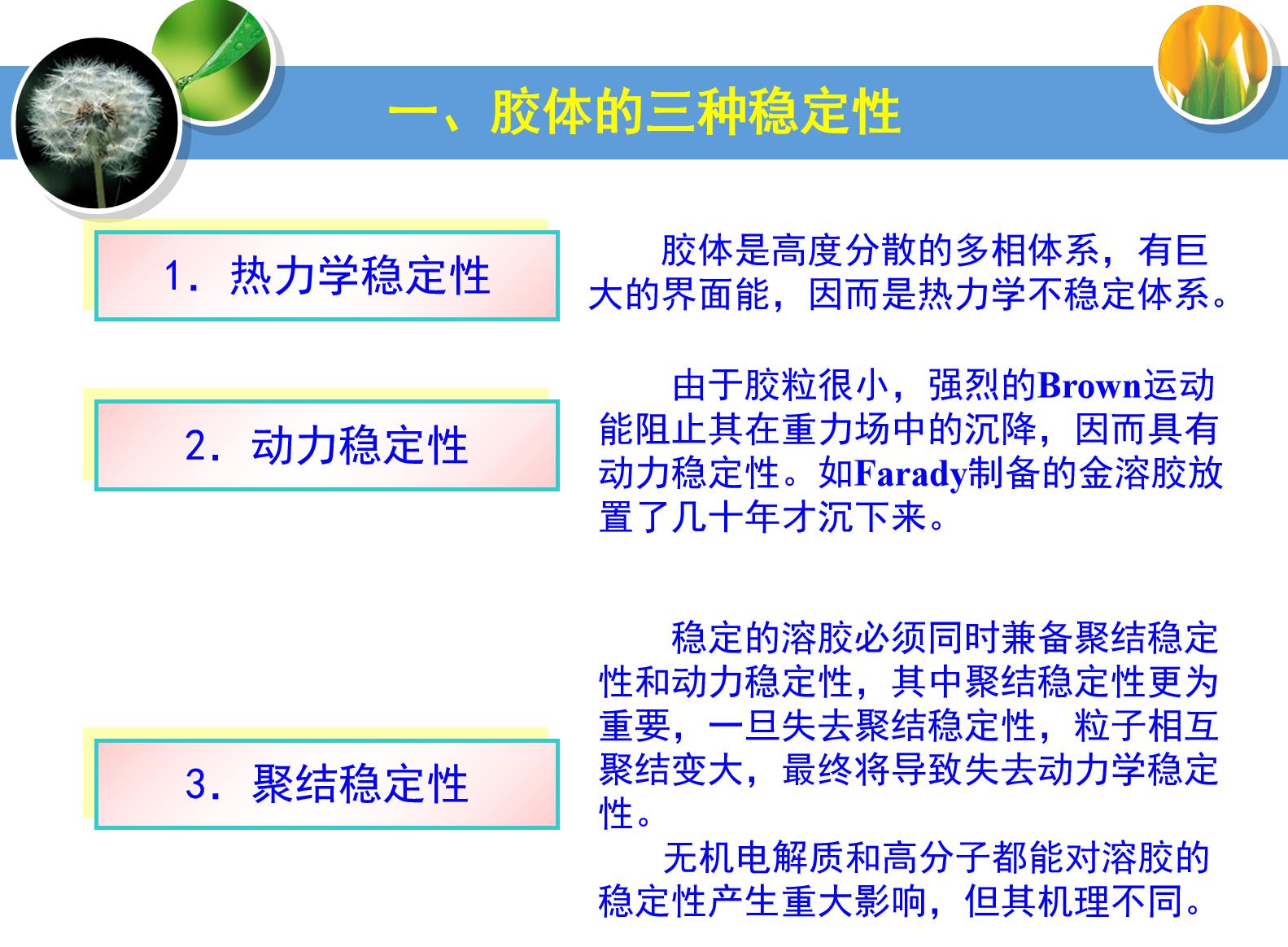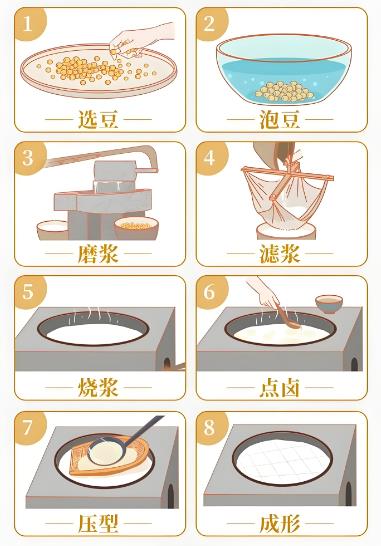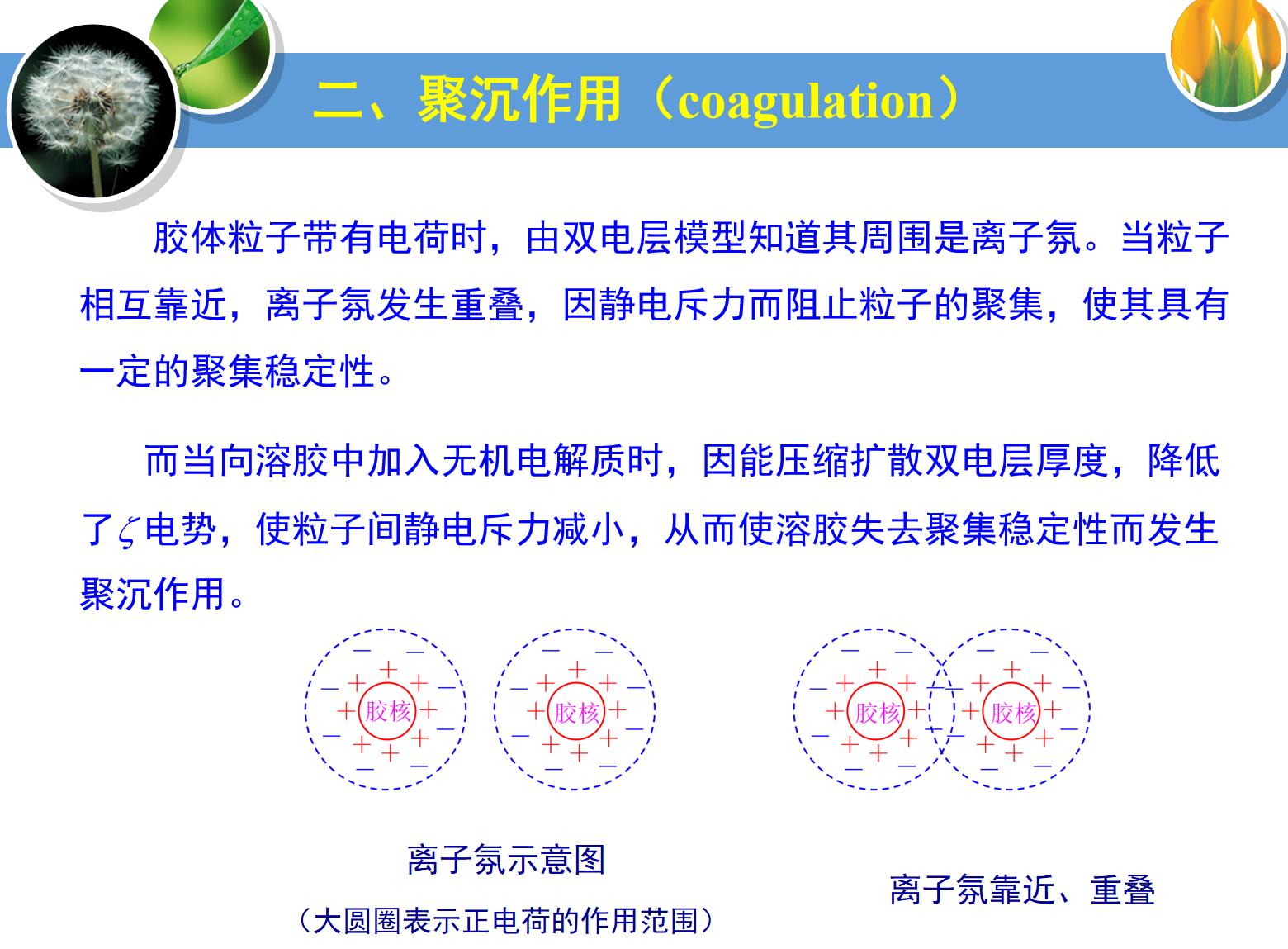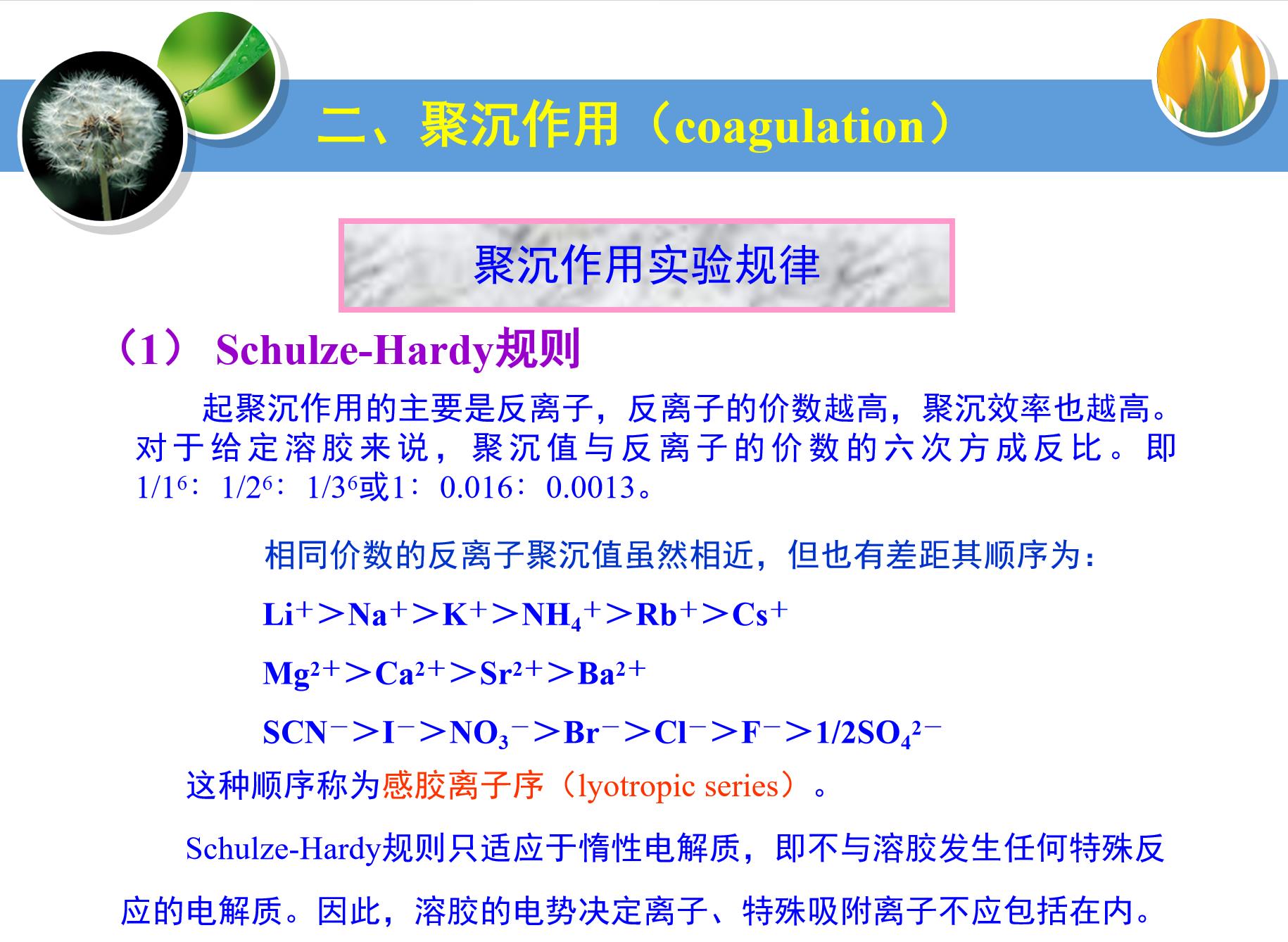
Chinese Journal of Applied Chemistry ›› 2025, Vol. 42 ›› Issue (6): 857-863.DOI: 10.19894/j.issn.1000-0518.240209
• Chemistry Teaching and Experiment Innovation • Previous Articles
Creating Chemistry Teaching Scenarios Based on Local Cultural Resources——Taking the Teaching of “Stability and Aggregation of Sol” as an Example
Zhen LI1( ), Song-Li LI2, Pei QIAO3
), Song-Li LI2, Pei QIAO3
- 1.College of Teacher Education,Nanyang Institute of Technology,Nanyang 473000,China
2.Department of Primary Education,Hebei Normal University,Shijiazhuang 050024,China
3.School of Biological and Chemical Engineering,Nanyang Institute of Technology,Nanyang 473306,China

